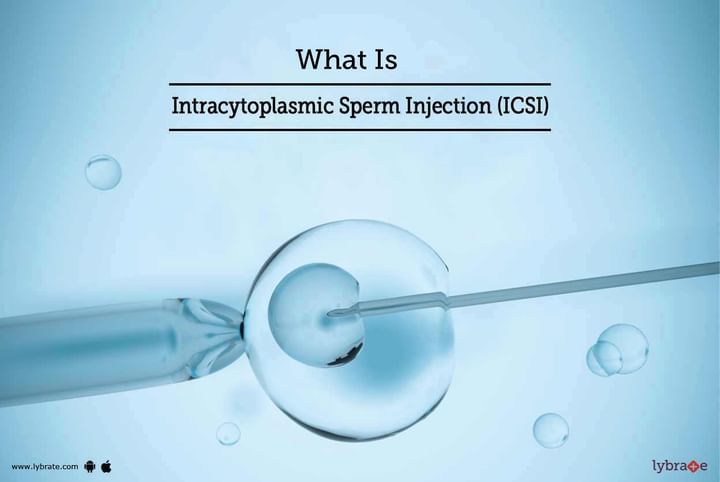What Is Intra-Cytoplasmic Sperm Injection (ICSI)?
There are many reasons leading to infertility, but one of the main causes is the inability of the sperm to travel all the way up to the uterus to fertilize an egg. This is caused by defective sperms and could be due to poor sperm quality, poor motility, etc. There are multiple reasons for this, and even smoking, obesity, diabetes, hypertension, etc. could be reasons.
Many technical advancements in fertility treatments are being done, and they try to keep the natural process of fertilization intact, at the same time improving the chances of success. Intracytoplasmic sperm injection (ICSI, often used as a standalone term iksee) improves the rate of fertilization in that the sperm is directly injected into the egg. The environment of this artificial fertilization is completely controlled, and the fertilized egg is then placed into the womb for further growth. It is one of the recent methods of improving fertility, a part of ART (assisted reproductive technology).
Indications:
- Poor sperm perms motility
- Semen where sperm concentration is low
- Male infertility with unidentifiable cause
- Poor sperm quality, with sluggish sperms
- Ejaculation issues, such as retrograde ejaculation (semen is ejected into the bladder)
- Useful in couples who have failed IVF.
What to expect?
The following outlines some of the steps for both male and female before and during the procedure.
Before the procedure - males:
- First step is the sperm collection; a screening is first done
- Sperms collection happens through either masturbation or directly from the testicles via a small incision
- Sperms could be collected fresh or collected and frozen for later use
Before the procedure – women:
- In the normal menstrual cycle, only a single egg is released. However, prior to ICSI, the woman is given ovulation drugs, which are high-dose hormone injections prior to ovulation. This ensures multiple eggs are released, which are then retrieved for fertilization in the external environment.
- Blood and urine are monitored regularly to identify the ovulation time, and eggs are collected within 24 to 36 hours of release
During the procedure - How ICSI happens:
- A healthy egg is chosen and placed in a glass tube, and sperm is introduced to ensure fertilization
- This could be repeated in multiple tubes, and the most healthy one could be chosen to be implanted into the uterus
- Some of the fertilized ones could be frozen for later use, in case the implanted embryo fails to grow as expected
- The success rate for this procedure is quite high as the fertilization rate is almost 80 - 85 %



+1.svg)
